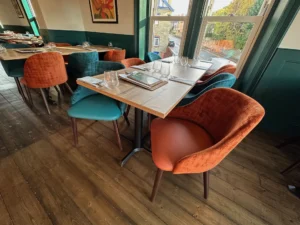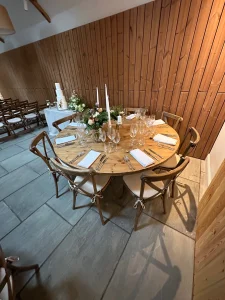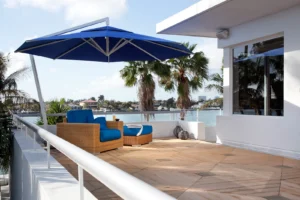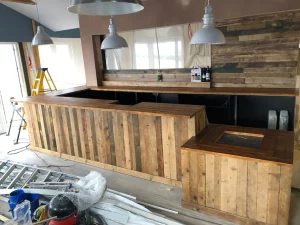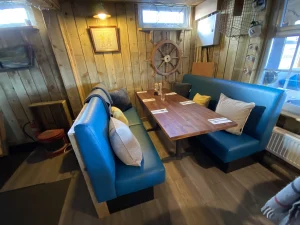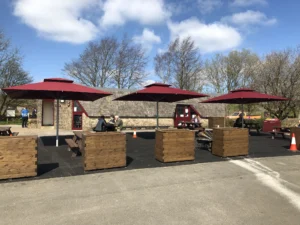Tops 10 Things To Consider When Designing Your Restaurant
Opening or renovating a restaurant is an exciting opportunity—but it also comes with big decisions that can impact your customer experience, staff efficiency, and bottom line. A well-designed restaurant doesn’t just look good—it works smart, feels inviting, and drives revenue.
To help you get it right from the start, here are the top 10 things to consider when designing your restaurant.
1. Your Concept and Brand Identity
Before picking out tiles or tables, get crystal clear on your brand. Are you going for industrial chic, rustic comfort, or upscale modern? Every design decision—colours, layout, lighting, furniture—should support your concept and appeal to your target audience.
💡 Pro tip: Create a mood board or style guide to keep your vision consistent.
2. Floor Plan and Space Flow
The layout determines how easily guests and staff move through the space. You need a floor plan that:
-
Maximises your seating capacity without crowding
-
Creates intuitive zones (bar, dining, waiting, etc.)
-
Allows smooth movement from kitchen to tables
Good flow = better service and a more relaxed experience for customers.
3. Functionality Over Flash
Looks matter, but not at the expense of practicality. That stunning lighting fixture might look great in photos but could be a nightmare for maintenance or acoustics. Prioritise materials and layouts that work well during busy shifts and high turnover.
4. Comfortable, Durable Furniture
Your furniture should strike the right balance between comfort, style, and commercial durability. Think:
-
Ergonomic chairs for longer stays
-
Sturdy tables that won’t wobble
-
Stackable or foldable options for flexible layouts
💬 Remember: Contract-grade furniture is built to last—don’t settle for residential quality in a high-traffic space.
5. Lighting That Sets the Mood
Lighting transforms a space. Use a mix of ambient, task, and accent lighting to create atmosphere. Soft, warm lighting works well for evening dining, while brighter tones suit casual day service.
And yes—natural light is always a winner, so maximise windows where possible.
6. Acoustics and Noise Control
A beautiful space can quickly turn into a noisy nightmare if acoustics aren’t managed. Use soft furnishings, acoustic panels, rugs, or even plants to absorb sound. No one wants to shout over dinner or struggle to hear their server.
7. Kitchen and Service Area Efficiency
Your back-of-house design is just as important as your front-of-house. Efficient kitchen layouts and well-placed service stations reduce delays, improve staff flow, and minimise accidents. Don’t forget easy access to the bar and clear drop-off zones for dirty dishes.
8. Accessibility and Compliance
Your restaurant should be welcoming to all guests. Ensure entrances, toilets, and table layouts meet local accessibility standards. Also consider family-friendly features like space for high chairs or prams, if that fits your concept.
9. Storage, Storage, Storage
From extra chairs to seasonal menus, you’ll need more storage than you think. Design with hidden storage in mind—like built-in benches or back bar shelving—to keep your space tidy and clutter-free.
10. The Wow Factor
You don’t need a million-pound budget to create a moment that makes people go "wow." It could be a bold feature wall, a stunning bar counter, unique lighting, or a striking piece of artwork. These visual hooks make your venue memorable—and highly Instagrammable.
Final Thoughts
Designing a restaurant is about more than aesthetics—it’s about creating a space that works hard for you, your staff, and your customers. Every design decision should support your brand, improve flow, and enhance the overall experience.
Whether you’re working with an interior designer or going the DIY route, keep these 10 essentials in mind to build a restaurant that not only looks incredible but runs like a dream.
Reviews
Follow Us On Instagram
Follow us on instagram @furniturenortheast to keep up to date with what's going on!
